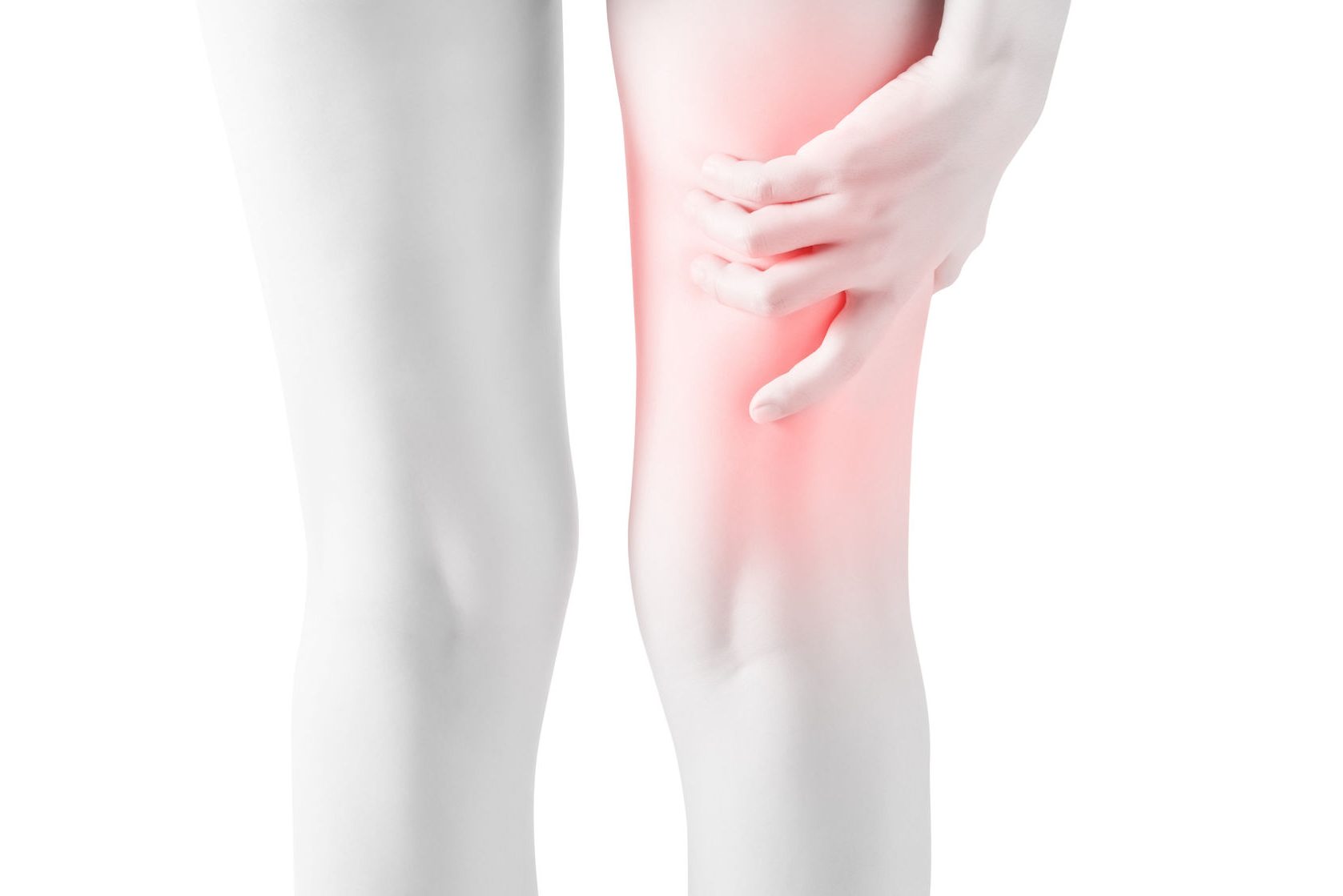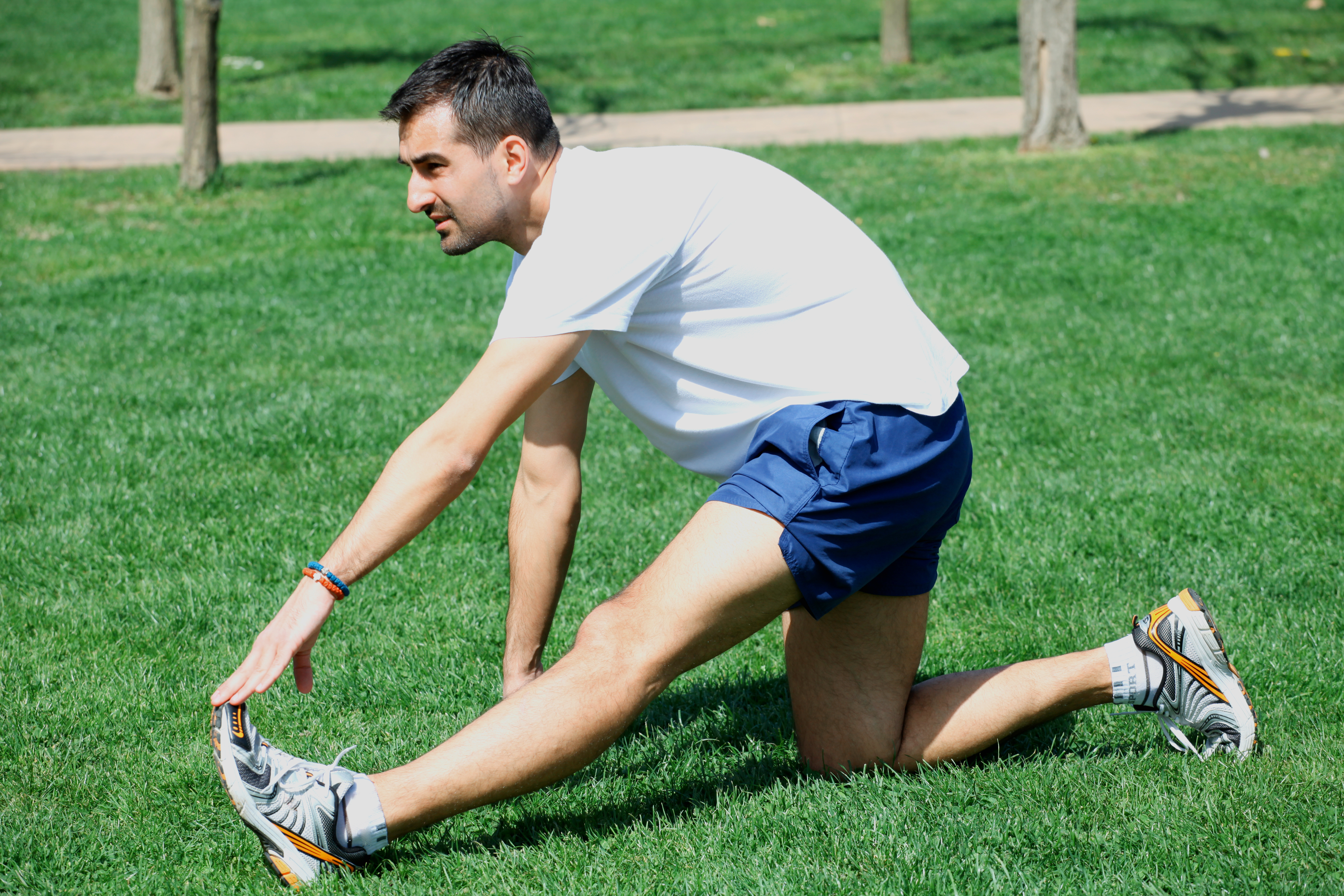Hamstring Injuries
Hamstring strain type injuries are super common. They are most common in sports that involve high speed running jumping, and kicking which unfortunately means that AFL athletes are at a considerable risk of sustaining a hamstring injury.
What’s important to remember is that not all hamstring injuries are the same and the risk to any individual player is inherently multi-factorial.
What are the Hamstrings?
The hamstrings are a group of 3 muscles located down the back of the thigh. These three muscles function collectively to extend the hip, bend the knee and generally act as a pulley to move the lower leg. The hamstring muscle group play a vital role during our gait cycle, predominantly to slow us down as our heel strikes the ground, and they remain active to bend our knee and extend our hip to accelerate.
The part of the hamstring most susceptible to injury is where the muscle meets the tendon, as this is the part that bears the most load. Followed by the muscle belly itself, as the part second most susceptible to injury. Appropriate management is largely dependent on the type of hamstring injury so accurate diagnosis is necessary for optimal outcomes.


Classification of Hamstring injuries
Hamstring injuries are classified based on several factors within the clinical history and physical examination.
Some common causes of hamstring pain are:
- Muscle strains (acute, recurrent)
- Referred pain from the Lumbar Spine
Some less common causes of hamstring pain are:
- Avulsion fracture
- Tendinopathy
- Bursitis
- Posterior cutaneous nerve of thigh
So what does a hamstring muscle injury look like?
Typically a hamstring injury presents as a sudden onset, moderately-severe pain in the back of the thigh. It may make it difficult to walk and/or run. An examination can reveal reduced stretch as well as reduced contraction or strength on resistance. Dependent on the severity of the injury, bruising and swelling may also be present.
How long will I be out for?
There is no standard time frame for return to sport after a hamstring injury as every hamstring injury is different. Some research has shown that mild hamstring strains will generally resolve in 1-3 weeks and, moderate hamstring strains within 4-8 weeks. In some cases severe hamstring injuries may require surgery and can often take 3 months or longer to recover.
Regardless of the severity, appropriate management in the first 48 hours of a hamstring injury is to rest, ice and perform active range of motion exercises (seated knee extensions) to reduce inflammation. Beyond the 48 hours, soft tissue treatments, strengthening, neural mobilisation, mobilisation of the lumbar spine and a progressive running program is recommended.
Rather than focusing on time based return to sport, it is more appropriate to be guided by a functional criteria which include:
- Full range of motion (knee and hip)
- Full strength (90-95% match between left and right sides)
- Pain free maximal contraction
- Pain free functional tests (sprinting, abrupt change in pace, side step, bending for a ground ball)
- Progressive running program with gradual increases in speed, duration, volume
- A full week of maximal training.
It is important to note that return to sport guidelines are a guide only and other factors such as age( >23 years), history of hamstring strains, site of hamstring strain (muscle belly, central tendon, muscle-tendon junction), hamstring strength, nerve tension, low back and pelvic mobility and stability, training load, and muscle fatigue can all predispose or maintain hamstring injury.
Hamstring ‘awareness’
The term hamstring awareness is more commonly accepted among athletes. It often presents like a cramp or twinge in the hamstring, or the athlete may report a feeling of impending tearing. It is generally a result of referred pain from the lumbar spine or strain to the fascia (tissue covering around the muscles).
This term has become more widely accepted as not all pain indicates tissue damage and even intense pain and discomfort does not necessarily imply injury.
What we do know is that pain generates an inflammatory response, which disrupts the way in which our nerves behave, which results in greater amount of pain, inflammation and increased awareness.
If our biggest risk factor for hamstring injuries is a prior history of hamstring injury, our biggest focus should be preventing that first hamstring injury!
Although a generic hamstring protocol can be followed, a targeted approach to individuals predisposing factors is recommended. Research has shown that reinjury rates are significantly lower in athletes that completed a progressive agility and trunk stability program compared to those that focused on isolated hamstring strengthening and stretching. Due to the biarticular (crossing two joints) nature of the hamstring group, and its attachment on either side of the lower leg its important to consider exercises that target both the hip and the knee in varied planes (directions).
Although, no single hamstring exercise be seen as a magic formula, one of my favourite exercise that contributes to developing bulletproof hamstrings are Nordics. Dependent on the stage of rehab and prior training experience, a Nordic is quite an advanced knee dominant exercise, and basic hamstring activation exercises should be undertaken prior to progression. The Nordic exercise is a lengthening type exercise where the hamstring is placed under high load. These have been shown to reduce the rate of hamstring injury by 65-70%, particularly in recurrent injuries.




Nordic Exercise performed on a NordBoard by Dr Nicola Stevens.
Hamstring injuries are a frustrating injury, due to its high incidence and rate of high rate of recurrence.
If you have sustained a hamstring injury, a comprehensive evaluation and accurate diagnosis is necessary to guide management and optimise performance. Rehabilitation of hamstring injuries should always be individualised to the needs of the athlete, with overall goals to restore pre-injury strength and flexibility. Hamstring injuries are multifactorial and identifying contributing factors are necessary in long term management and recurrence. Rehabilitation programs should continue even after return to sport.
If you’re so far fit and healthy and want to bulletproof your hamstrings;
- strengthen those hamstrings,
- improve aerobic fitness and load under fatigue,
- gradually increase training load within appropriate timeframes to ensure readiness to play,
- include appropriate speed work +/- running technique modifications
- maintain flexibility in hamstring muscle groups,
- enhance trunk stability and lumbopelvic control,
- adequately warm up, cool down and recover
After all, prevention is better than cure.
If you have a hamstring injury or are looking to prevent the next one, call Melbourne Osteohealth on 03 8370 3044 or book an initial consultation online now.
References
Askling, C., Karlsson, J., & Thorstensson, A. (2005). Hamstring injury occurrence in elite soccer players after preseason strength training with eccentric overload. Scandinavian Journal Of Medicine And Science In Sports, 15(1), 65-65. doi: 10.1111/j.1600-0838.2005.00443.x.
Bourne, M., Timmins, R., Opar, D., Pizzari, T., Ruddy, J., & Sims, C. et al. (2018). An Evidence-Based Framework for Strengthening Exercises to Prevent Hamstring Injury. Sports Medicine, 48(2), 251-267. doi: 10.1007/s40279-017-0796-x.
Brukner, P., Khan, K., Clarsen, B., Cook, J., Cools, A., & Crossley, K. et al. (2009). Brukner & Khan’s Clinical Sports Medicine (3rd ed.) McGraw Hill, Australia.
Freckleton, G., & Pizzari, T. (2019). Risk factors for hamstring muscle strain injury in sport: a systematic review and meta-analysis. British Journal of Sports Medicine, 47(6):351-8. doi: 10.1136/bjsports-2011-090664.
Hamstring Strain | Sports Medicine Australia. (2019). Retrieved 24 September 2019, from https://sma.org.au/resources-advice/injury-fact-sheets/hamstring-strain/
Heiderscheit, B., Sherry, M., Silder, A., Chumanov, E., & Thelen, D. (2010). Hamstring Strain Injuries: Recommendations for Diagnosis, Rehabilitation, and Injury Prevention. Journal Of Orthopaedic & Sports Physical Therapy, 40(2), 67-81. doi: 10.2519/jospt.2010.3047.
Liu, H., Garrett, W., Moorman, C., & Yu, B. (2012). Injury rate, mechanism, and risk factors of hamstring strain injuries in sports: A review of the literature. Journal Of Sport And Health Science, 1(2), 92-101. doi: 10.1016/j.jshs.2012.07.003.
Morin, J., Gimenez, P., Edouard, P., Arnal, P., Jiménez-Reyes, P., & Samozino, P. et al. (2015). Sprint Acceleration Mechanics: The Major Role of Hamstrings in Horizontal Force Production. Frontiers In Physiology, 6. doi: 10.3389/fphys.2015.00404.
Petersen, J., Holmich, P. (2019). Evidence based prevention of hamstring injuries in sport. British Journal of Sports Medicine 39(6):319-23. 10.1136/bjsm.2005.018549.
van Dyk, N., Behan, F., & Whiteley, R. (2019). Including the Nordic hamstring exercise in injury prevention programmes halves the rate of hamstring injuries: a systematic review and meta-analysis of 8459 athletes. British Journal Of Sports Medicine, bjsports-2018-100045. doi: 10.1136/bjsports-2018-100045.
Verrall, G. (2019). The effect of sports specific training on reducing the incidence of hamstring injuries in professional Australian Rules football players. British Journal of Sports Medicine 39:363–368. doi: 10.1136/bjsm.2005.018697.



